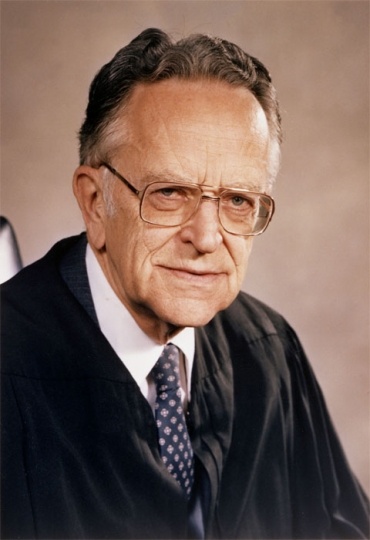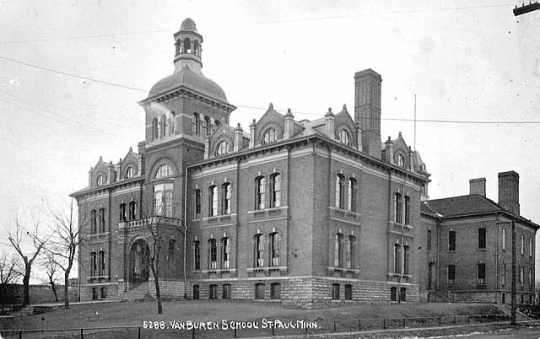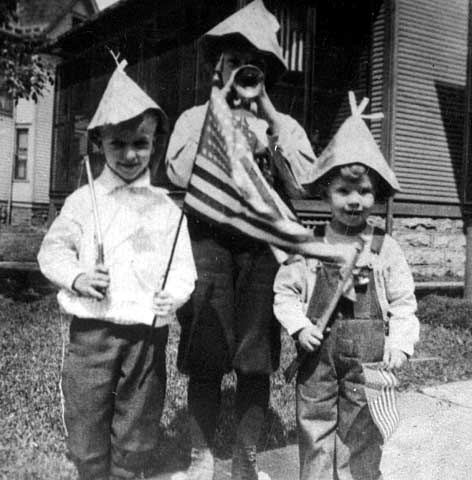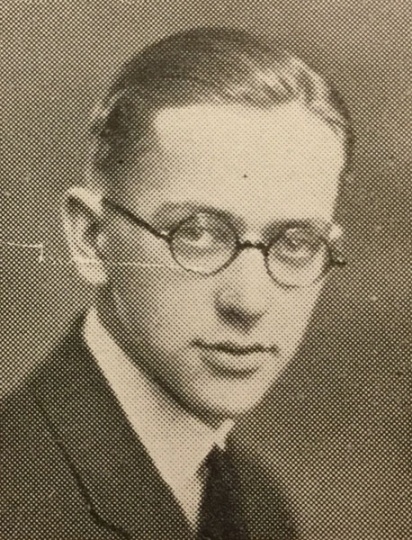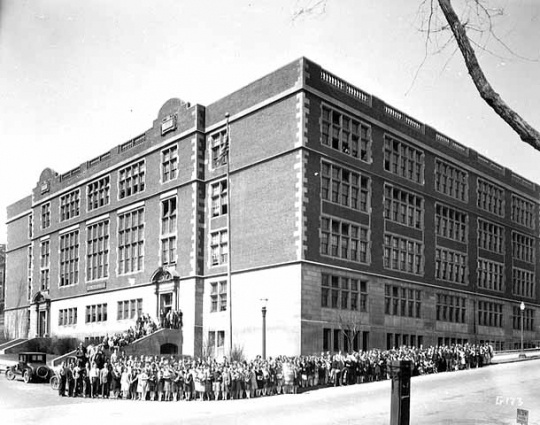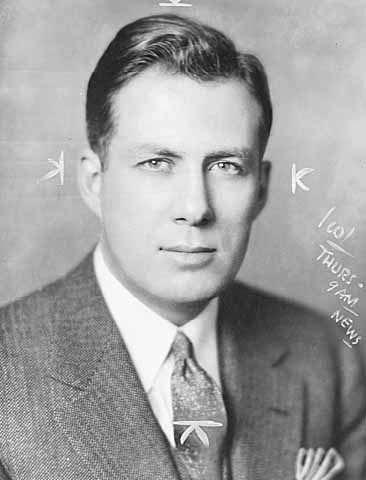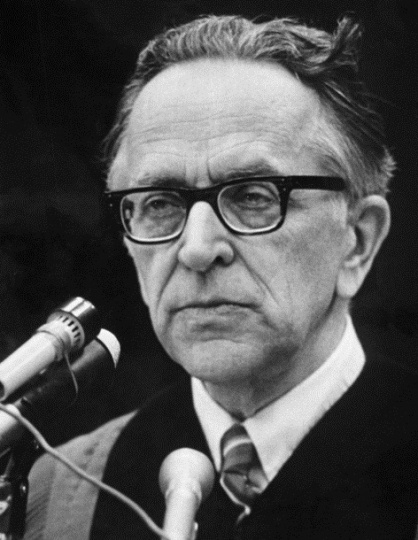Harry Blackmun was the third Minnesotan to serve on the US Supreme Court, after Pierce Butler (associate justice, 1923–1939) and Warren Burger (chief justice, 1969–1986), and he stayed the longest: twenty-four years. He was little known outside legal circles until he wrote the decision in Roe v. Wade (1973) that established Constitutional protection of abortion.
Harry Andrew Blackmun grew up in difficult circumstances in St. Paul’s Dayton’s Bluff neighborhood. His father, Corwin, worked as a fruit dealer, with frequent absences from home and little worldly success. His mother, Theo, suffered from depression. Young Harry attended Van Buren School, where in kindergarten he befriended another Dayton’s Bluff lad, Warren Burger. The two remained friends for seventy years, but not to the end of their lives.
Blackmun attended St. Paul’s Mechanic Arts High School, where he was a top student, a prize-winning public speaker, and president of his senior class. A verse in the 1925 Mechanic Arts yearbook predicted that he would one day become US ambassador to Germany. At sixteen Blackmun got a scholarship to Harvard University, where he graduated summa cum laude in mathematics and won Phi Beta Kappa honors. He continued there for law school, graduating in 1932. Later he wrote that what he most enjoyed about Harvard was singing in the Glee Club.
After Harvard, Blackmun returned to St. Paul to clerk for US Court of Appeals judge John Sanborn. Then he took a job with the Minneapolis law firm that many years later became the powerhouse Dorsey & Whitney. He specialized in the law of taxes and trusts and estates.
In 1950 Blackmun was persuaded to move to Rochester, Minnesota, to work as resident counsel for the Mayo Clinic, a job that suited him in part because he had once seriously considered going to medical school instead of law school. This was the happiest period of his life. In 1959 President Eisenhower appointed Blackmun to the Eighth US Court of Appeals, based in St. Louis. He served that court diligently and without controversy. His decisions demonstrated careful scholarship, restraint, and deference to established authority.
In 1970 President Nixon failed twice to fill an opening on the Supreme Court when the Senate rejected first Clement Haynsworth, then Harrold Carswell. On his third try Nixon chose Blackmun, and the Senate confirmed this appointment 94–0. Chief justice then was Warren Burger, and because the two had grown up together in St. Paul (and were both Republicans) they were often referred to as the Minnesota Twins.
On the Supreme Court Blackmun was non-ideological and pragmatic; he had no big ambitions. Then came Roe v. Wade (1973), in which the Court—by a 7–2 majority that included Warren Burger—found that the right to privacy implied in the Constitution prevented state governments from making abortion within the first trimester of pregnancy a crime. Blackmun wrote the majority opinion.
The decision provoked both praise and fury and exposed Blackmun to a fame (or notoriety) that he neither sought nor enjoyed. His legal reasoning in Roe has been analyzed, criticized, and often condemned, but the core of it—that pregnancy is a private matter in which state power to intervene is strictly limited—survived nearly fifty years of determined attacks until 2022, when it was overturned by Dobbs v. Jackson Women's Health Organization.
Blackmun served another twenty-one years on the Supreme Court and participated creatively in many important cases, regarding the implications of Roe (he never stopped defending a woman’s right to abortion), commercial speech, the Pentagon Papers, affirmative action, sex discrimination, and, increasingly, the death penalty. Though Blackmun opposed it personally (as he did abortion) he had consistently voted to sustain death penalties. In Callins v. Collins (1994) he changed his position. He announced that he would “no longer…tinker with the machinery of death” and that “the death penalty experiment has failed.”
The increasing conservatism of the Court during the Reagan and George H. W. Bush years made Blackmun uneasy, and his friendship with Burger did not survive. The election of Democrat Bill Clinton as president in 1992, plus Blackmun’s advanced years, opened the way to retirement. He left the court in August 1994. Harry Blackmun died on March 4, 1999, and is buried in Arlington National Cemetery.









